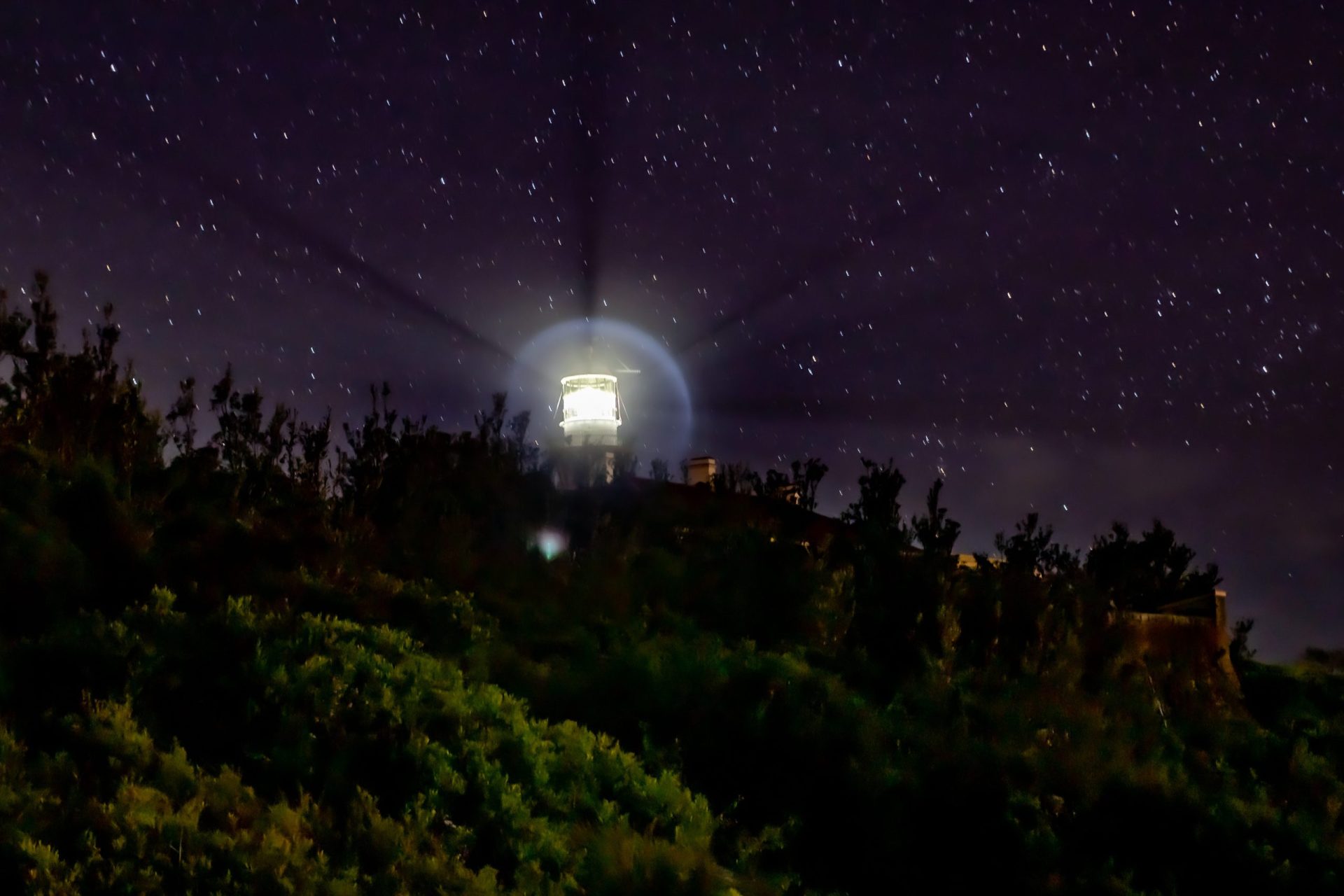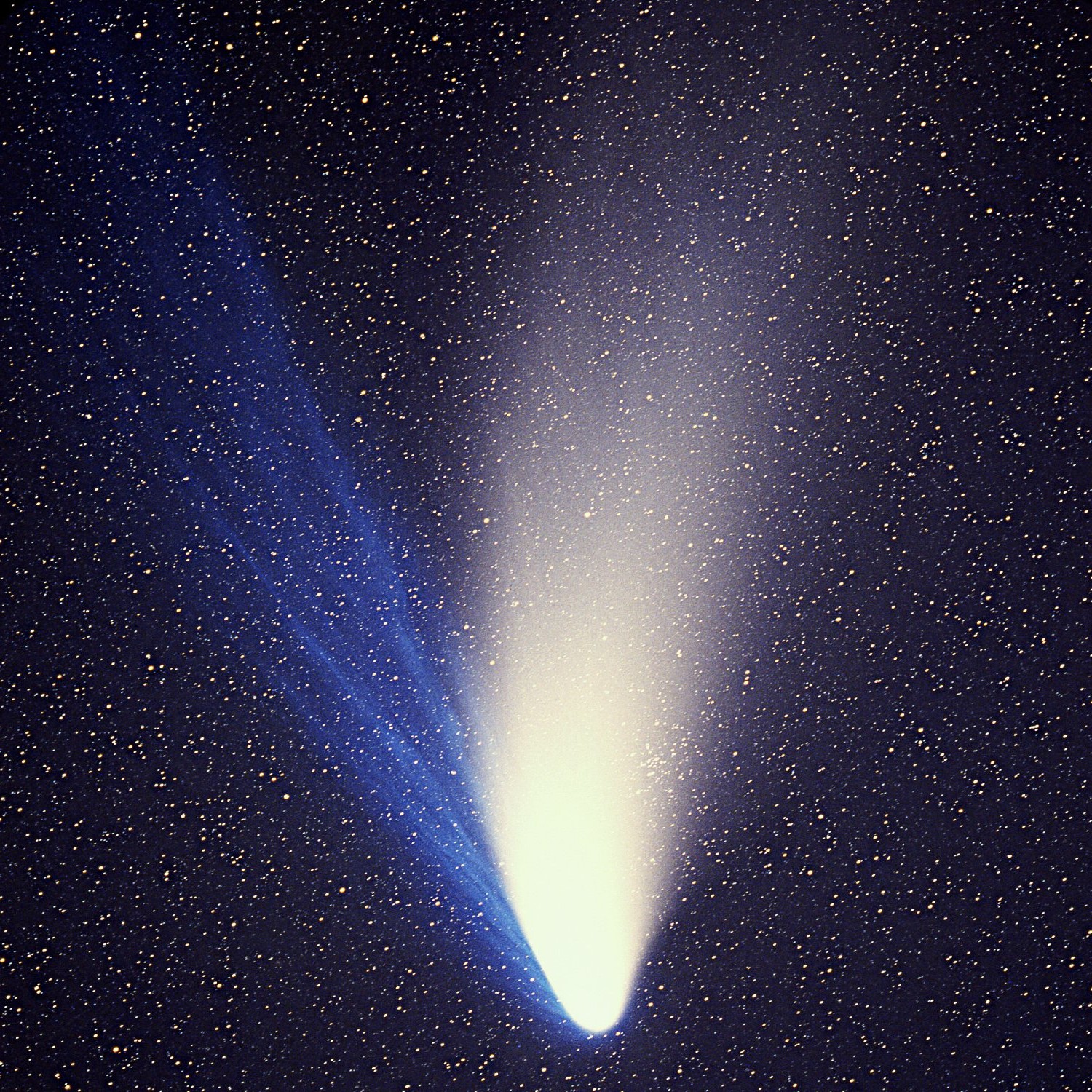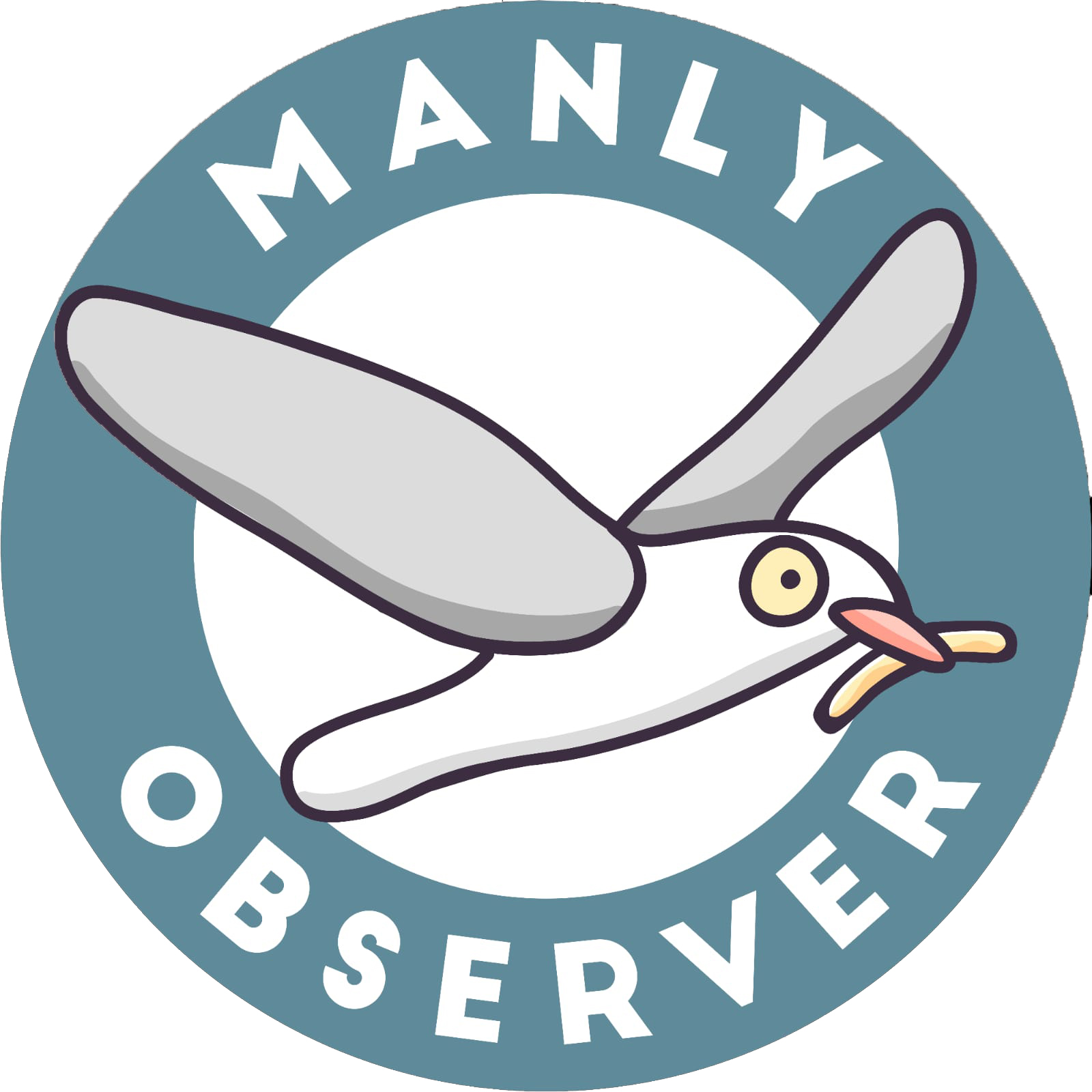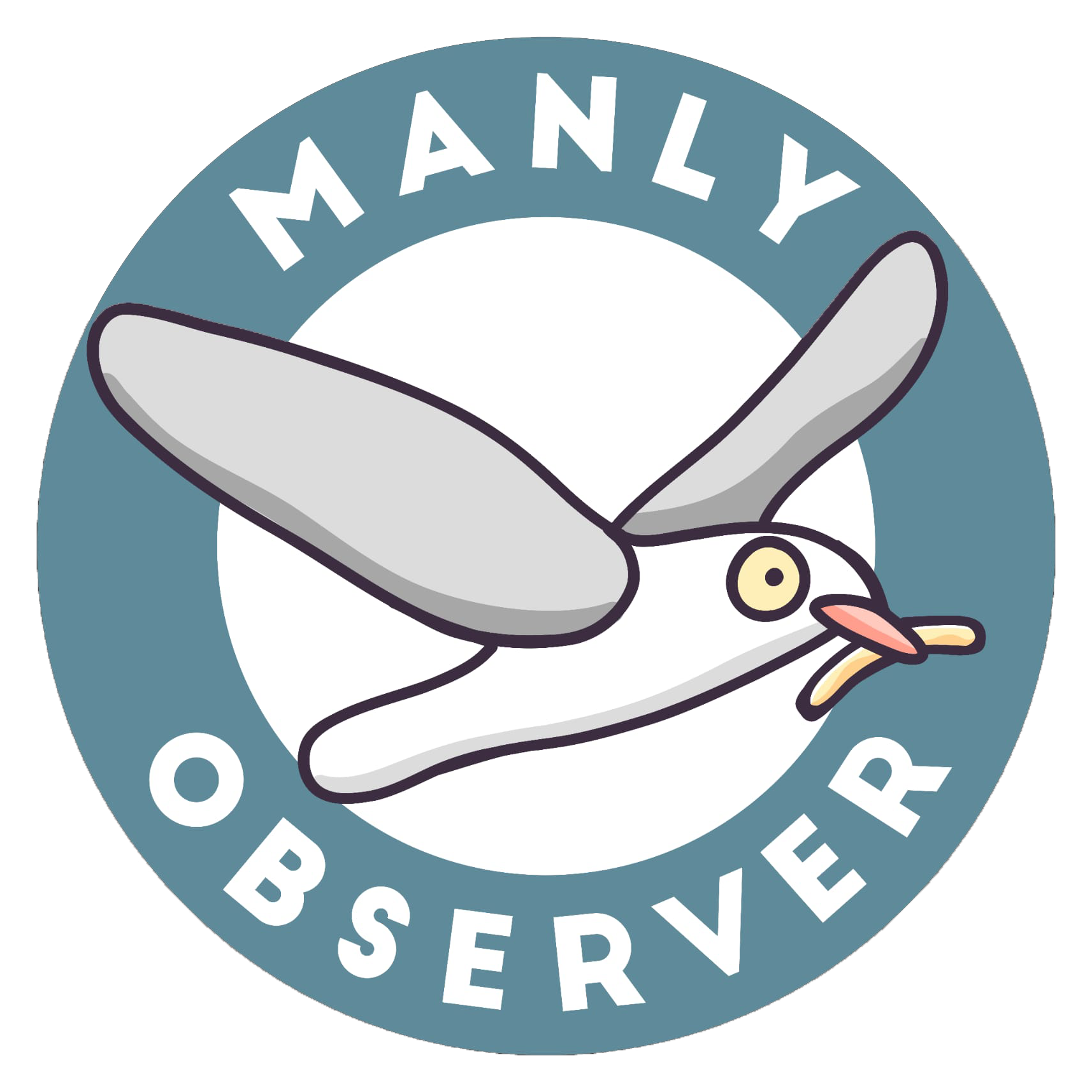As part of an international program to conserve sites around the world in which to view the night sky without ‘light pollution’, the DarkSky International organisation has designated the northern tip of Palm Beach peninsula an ‘Urban Night Sky Place (UNSP)’.
It is an Australian, and Southern Hemisphere, first.
The zone covers 62 hectares and encompasses Barrenjoey Headland, North Palm Beach (which includes the lifesavers’ club for TV soap Home & Away), Station Beach and Governor Phillip Park.
The first UNSP in Australia, and facilitated with the combined efforts of Northern Beaches Council and National Parks and Wildlife Service, the aim of the reserve is to “open up opportunities for better viewing of our night sky.”
Northern Beaches Mayor Sue Heins was enthusiastic about the certification.
“We’re extremely proud to be the first designated Urban Night Sky Place in Australia and the southern hemisphere,” she declared. “Through a lot of hard work and consultation with our community, we can now join the 160,000 square kilometres of protected land and night skies in 22 countries on 6 continents.”
A detailed application for the UNSP was submitted to DarkSky International by a Working Group that consisted of representatives from Council, NSW National Parks & Wildlife Services (NPWS) and local business and community members.
Council also partnered with Ausgrid electricity distribution company, which, in order to comply to Dark Sky’s environmental requirements, introduced a new type of street lighting type for biodiversity-sensitive areas.
“This designation is a testament to our commitment to preserving and celebrating the beauty of the night sky amidst urban environments,” the Mayor continued. “As cities expand and light pollution increases, it becomes increasingly crucial to protect and appreciate our connection to the stars above.”

Founded in 2001, the DarkSky organisation has a stated mission to “provide leadership, tools, and resources for individuals, policymakers, and industry, in order to reduce light pollution and promote responsible outdoor lighting that is beautiful, healthy, and functional.”
What is light pollution?
Light pollution is unwanted or excessive artificial light.
There is a global movement to reduce light pollution, primarily because 24-hours-a-day of constant lighting impacts negatively on the behaviour and breeding and migration cycles of countless species. This can be observed in every neighbourhood with the confusion of moths and nocturnal insects that fly into scalding hot lamps.
Furthermore, the glare around human settlements from artificial lighting inhibits the ability of professional and amateur astronomers from observing the planets and celestial objects.
According to National Geographic, “Sky glow is the brightening of the night sky, mostly over urban areas, due to the electric lights of cars, streetlamps, offices, factories, outdoor advertising, and buildings, turning night into day for people who work and play long after sunset…
“More than 80 percent of the world’s population, and 99 percent of Americans and Europeans, live under sky glow. People living in cities with high levels of sky glow have a hard time seeing more than a handful of stars at night.”

Hailing the comet
This reporter remembers living in UK in 1997 when the Hale-Bopp Comet made its closest pass by Earth, and was more visible from the Northern Hemisphere. Discovered just two years earlier by two amateur astronomers (from which its name was derived) on 1 April of that year it came closest to Earth on its perihelion. At just 193 million kilometres away (the Sun is 150 million kilometres from Earth), it was visible to the naked eye at night.
However, despite it being 1000 times brighter than the more famous Halley’s Comet (which some say was the Star of Bethlehem three wise men on camels saw before visiting a newborn baby in in a barn), it was difficult to observe in close proximity to cities where light pollution inhibited clarity. I remember it resembling a distant passenger jet, just a slow dull light trail, when I tried to watch it from the coastal city of Brighton.
Fortunately, a few days later I had the fortune to be in the front of a converted removals lorry driving through the snow-blanketed countryside of Zealand, Denmark, bound for Copenhagen. In the early hours of the morning, after a non-stop drive from England with a group of hippie travellers, the driver was battling sleep-deprivation. While the others dozed in the rear, it was my turn to sit alongside him in the cab to keep him awake with conversation.
Shortly afterwards we looked up through a cloudless sky to witness a magnificent phenomenon ahead. Among all the glowing stars, like diamonds sparkling on a black blanket, an amazing ball of light travelled along the same north-east trajectory we were following, its dual trails of blue gas and yellowish-white dust streaming behind.
This clarity was only possible because we were a long distance from towns and cities and their light pollution.
We followed the Hale-Bopp Comet for a while, completely mesmerised. Considering it last flew by Earth 4200 years ago (and may have been recorded by ancient Egyptians), and is not due to enter our solar system again until 4385 AD, I felt blessed by this once-in-a-lifetime spectacle.

Astronomers’ home and a way to see the stars
The Palm Beach peninsula’s designation as a top spot for star-gazing may lead to astronomical outcomes. A Council spokesperson revealed, “By earning this distinction, Council not only helps to preserve the natural wonder of the night sky but also creates opportunities for stargazing and astronomy education within our community. Stay tuned for upcoming events.”
Palm Beach is the tenth UNSP site to be included in the scheme, following the certification of Saguaro National Park in Tuscon, Texas in November 2023.
The other eight reserves, which began with the Valle de Oro National Wildlife Refuge in New Mexico in October 2019, include: Timpanogos Cave National Monument, Stacy Park, Palos Preserves and Fry Family Park in USA; Parc du Mont-Bellevue in Canada; Joya-La Barreta Ecological Park in Mexico; and Minami-Rokuroshi in Japan.
DarkSky reveal all of the above listed UNSPs are “near or surrounded by large urban areas, and whose planning and design actively promote an authentic night time experience in the midst of significant artificial light at night.”
The classification of the Barrenjoey Headland and surrounds as an allocated night sky viewing area could effectively end the possibility of the Lighthouse cottages (and fishing cottages below the headland) being converted to holiday lets.
This controversial proposal, which attracted cross-party opposition, was scuppered in February 2024 when the NSW Government confirmed the six Heritage buildings would not be converted to Air B&Bs or equivalent.

The Palm Beach peninsula and Barrenjoey Lighthouse was popular for sky-watchers on the night of 8 November 2022. That was when Sydney witnessed the last total lunar eclipse – characterised by a rust-coloured ‘blood moon’ – when the shadow of the Earth drifted across the Moon, fully obscuring it around 9.15pm.
The next total lunar eclipse visible in Australia will occur on March 14, 2025. No doubt Palm Beach will attract more sky-watchers for that event, now that it has been internationally recognised as an advantageous spot for viewing the multitude of objects glowing in the night sky.
DarkSky International online: https://darksky.org/
Facebook: https://www.facebook.com/IDAdarksky
YouTube: https://www.youtube.com/user/IntDarkSkyAssoc



